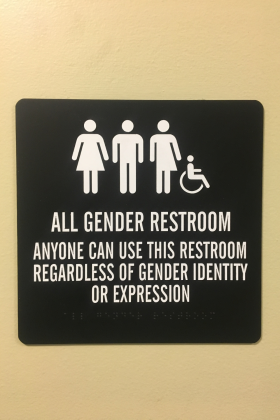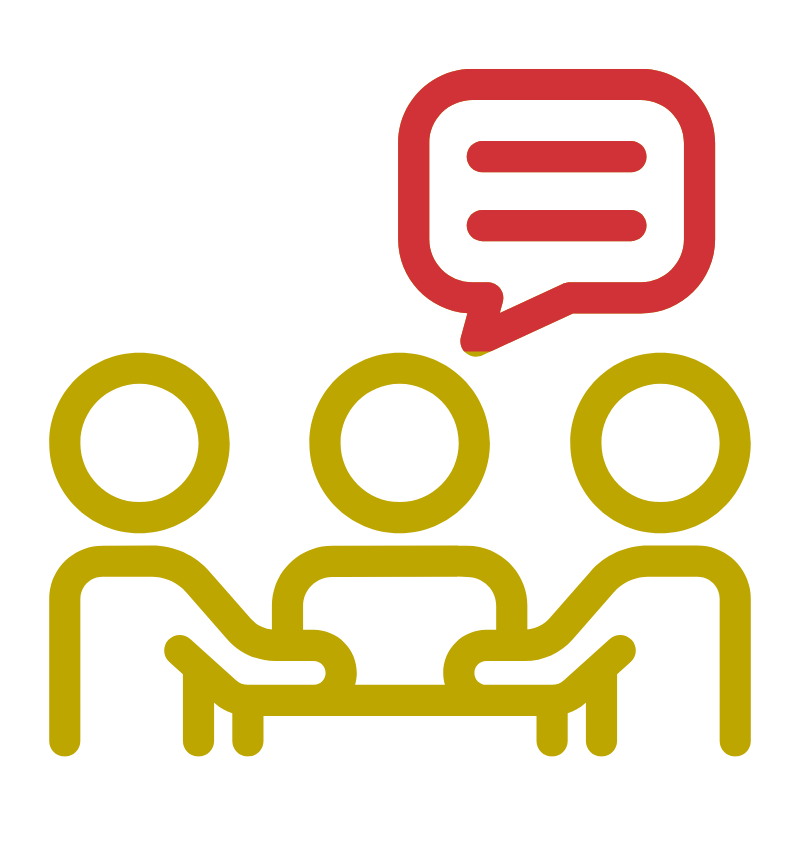Studies repeatedly show that non-binary and transgender individuals encounter a disproportionate amount of discrimination in all areas of their lives, particularly in the workplace. In a 2015 study conducted by The National Center for Transgender Equality, nearly 28,000 transgender people were asked questions about their lived experiences (this was the largest survey ever devoted to the lived experiences of people in the trans community).
The study’s results, while not startling to those familiar with the challenges faced in these communities, are striking. The study found that up to 90% of transgender respondents reported actively taking steps to avoid harassment and mistreatment in the workplace such as choosing to conceal gender transitions or leaving toxic work environments entirely. Nearly half of the study respondents reported not revealing their gender identity or choosing not to correct an employer when using the incorrect pronouns for fear of discrimination. What’s more, non-binary respondents were found to be twice as likely to avoid asking to be referred to by their identifying pronouns. The study’s findings and statistics are staggering and underscore the work yet needed to create truly fair, equitable, welcoming, and safe workplaces for all people.
Logan Meza, the Interim Co-Executive Director and Co-Founder of S.O.U.L. Sisters Leadership Collective, an organization that creates leadership opportunities for Black and Brown girls and femmes impacted by the justice system, is an advocate for empowering organizations to support gender identity/expression in the workplace. Meza, who uses they/them pronouns, knows first-hand the necessity of educating communities and workplaces about gender identity/expression inclusivity. In explaining the need for the use of inclusive language and inclusive workplaces, they stressed that “language can only go so far.”
With than in mind, here are five steps you can take to support gender identity/expression in the workplace.
Educate
In creating a workplace that supports gender identity/expression, education—particularly self-education—is essential. As Meza notes, there’s a level of self-education that we all are responsible for. For individuals who use they/them pronouns, the onus can often fall on the individual to educate, teach, and explain to those around them. “It can feel exhausting. It can feel demoralizing. To have to put yourself in the mindset of not only do I have to focus on work, but now I also have to be the spokesperson for folks who have different pronouns—that’s challenging.”
Change starts with self-education. Educate yourself first on pronoun uses. “If you’re someone who’s struggling with pronouns, you should be learning more about how to use pronouns.”

Examples of Gender Pronouns from the New York City Department of Social Services
There is a myriad of online resources where you can begin such as the National LGBTQ Task Force Glossary of Terms and the New York City Department of Social Services’ Gender Pronouns document.
Update Internal and External-Facing Materials
With the education piece in mind, organizations should work to update employee handbooks, orientation materials, and manuals to include trusted resources on pronoun usage. Doing so will more seamlessly introduce these conversations into standardized practice and resources within an organization. Additionally, organizations should also update all company materials such as website copy, job descriptions, and social media captions, to use non-discriminatory and gender-neutral language. For example, in a job description, an organization could describe the ideal candidate using the pronouns they/them, rather than she/her or he/him, or without pronouns entirely (i.e. the individual in this role). The United Nations offers helpful guidelines on implementing gender-inclusive language.
Lead with Compassion
 For some, pronoun usage and gender identity/expression may present a learning curve. Be transparent about your own shortcomings and process of learning. If you incorrectly use a pronoun, apologize and later speak to the individual personally. Welcome further feedback. Be understanding of yourself and colleagues as you work to self-educate, but also keep in mind that misgendering someone can have serious consequences such as endangering someone’s safety. As Meza says, “It’s the balance of understanding that we’re all human and understanding that humans do make mistakes, but also recognizing that there are consequences to mistakes that can directly affect someone’s safety.”
For some, pronoun usage and gender identity/expression may present a learning curve. Be transparent about your own shortcomings and process of learning. If you incorrectly use a pronoun, apologize and later speak to the individual personally. Welcome further feedback. Be understanding of yourself and colleagues as you work to self-educate, but also keep in mind that misgendering someone can have serious consequences such as endangering someone’s safety. As Meza says, “It’s the balance of understanding that we’re all human and understanding that humans do make mistakes, but also recognizing that there are consequences to mistakes that can directly affect someone’s safety.”
Don’t Underestimate the Power of Example
As a nonprofit leader, you know that organizational culture can start at the top. You can lead by example by adding pronouns to your email signature, Zoom or other video platforms, and LinkedIn (see the example below and find instructions on Allthings.how).

Example of Zoom participant displaying their pronouns
In all your actions, don’t underestimate the power of your example. Leading by example, and being transparent, is key, especially in climates where tensions are high around topics that can be new for some. As Meza points out, “It can be very hard to assume what someone’s intentions may be, so transparency is really key, especially in this point in time. Even if you mistakenly misgendered someone, because tensions are so high right now, it can be seen as a microaggression.”
Create a Physical Workspace That is Inclusive
 Supporting gender identity/expression is not only about creating a culture where everyone feels valued and welcomed. It is also about creating a physical workplace that is accepting of each individual. Work to ensure that your office is accessible to everyone and make changes to allow spaces such as bathrooms and nursing rooms as open to all employees. Take specific action to create individual or non-gender-restrictive bathrooms, and provide sanitary products in each restroom. For other actionable items, check out the Department of Labor’s guide to best practices for restroom access.
Supporting gender identity/expression is not only about creating a culture where everyone feels valued and welcomed. It is also about creating a physical workplace that is accepting of each individual. Work to ensure that your office is accessible to everyone and make changes to allow spaces such as bathrooms and nursing rooms as open to all employees. Take specific action to create individual or non-gender-restrictive bathrooms, and provide sanitary products in each restroom. For other actionable items, check out the Department of Labor’s guide to best practices for restroom access.




